You’ve probably seen some cultural commenters declare that THE EMOJI MOVIE marks the ends of civilization (or some faux-outrage to that effect.) These people know better. Odds are they’re theatrically clutching their pearls hoping you’ll click on their manifesto about how the world is ruined because of a bad kids’ movie.

But readers of Daily Grindhouse know it’s common practice to make any kind of film as long as it’ll sell tickets. THE EMOJI MOVIE isn’t the first fad turned into a movie, and it won’t be the last. It’s just another example of FADSPLOITATION.
FADSPLOITATION: when a motion picture is inspired by a popular fad, often rushed into theaters before the fad is over.
Here are just a few previous examples of popular trends that someone tried to cash-in on with a movie.
The fad: Trading Cards lampooning the Cabbage Patch Kids
The film: THE GARBAGE PAIL KIDS MOVIE (1987)
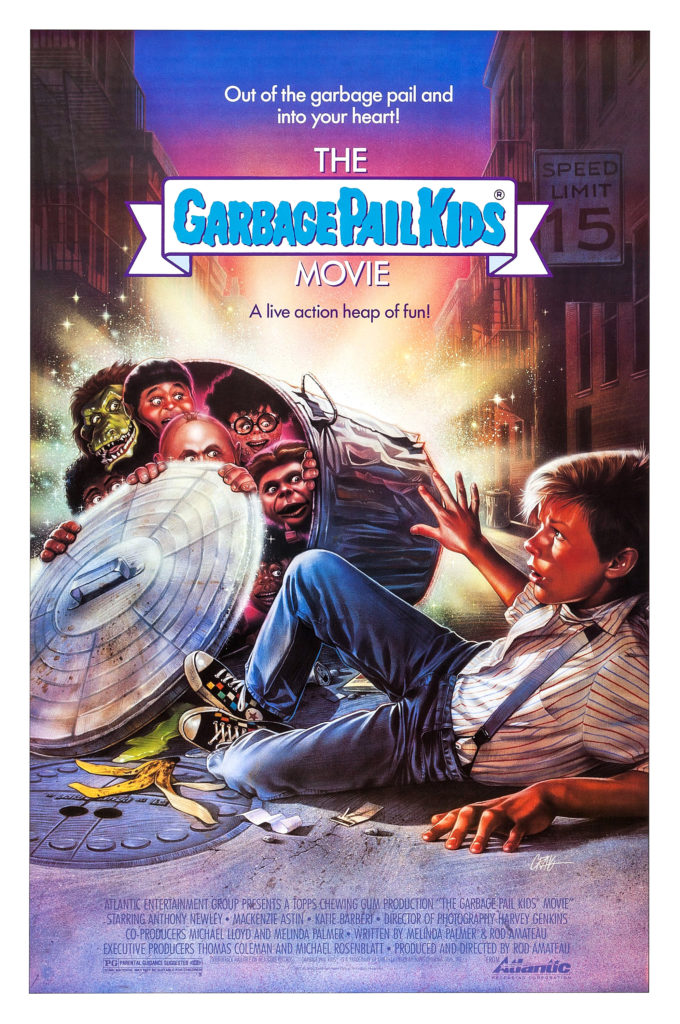
The 1980’s gross-out trading cards (with illustrations by Maus creator Art Spiegelman) were a cynical backlash to the cutesy cultural phenomena of Cabbage Patch Kids. Who knew that Messy Tessie and Greaser Greg would wind up with their own feature film, co-starring Mackenzie Astin (the poor man’s Scott Grimes)? Despite the film being seen as a low-point in American culture, it was followed by a short-lived animated series in 1988. (CBS cancelled it after a few episodes.) Today the film is remembered as “a stunningly inept and totally reprehensible film.” (Lighten up, TV Guide.) It is also available on Blu-Ray.
The fad: Riding the rails
The film: WILD BOYS OF THE ROAD (1933)
This Depression era B-movie was designed to scare kids from riding the railroads. Upon the film’s release The New York Times dismissed the movie, noting “its tragedy has been oversentimentalized” adding “by endowing it with a happy ending, the producers have robbed it of its value as a social change.” Sure enough, the cautionary tales was received as a romantic adventure and instead of dissuading teenagers from hopping on freight trains, it led to an uptick in the trend. Despite the rise in boxcar riding, there weren’t a lot of other 1930s movies about riding the rails. (EMPEROR OF THE NORTH wouldn’t come out for another 40 years.)
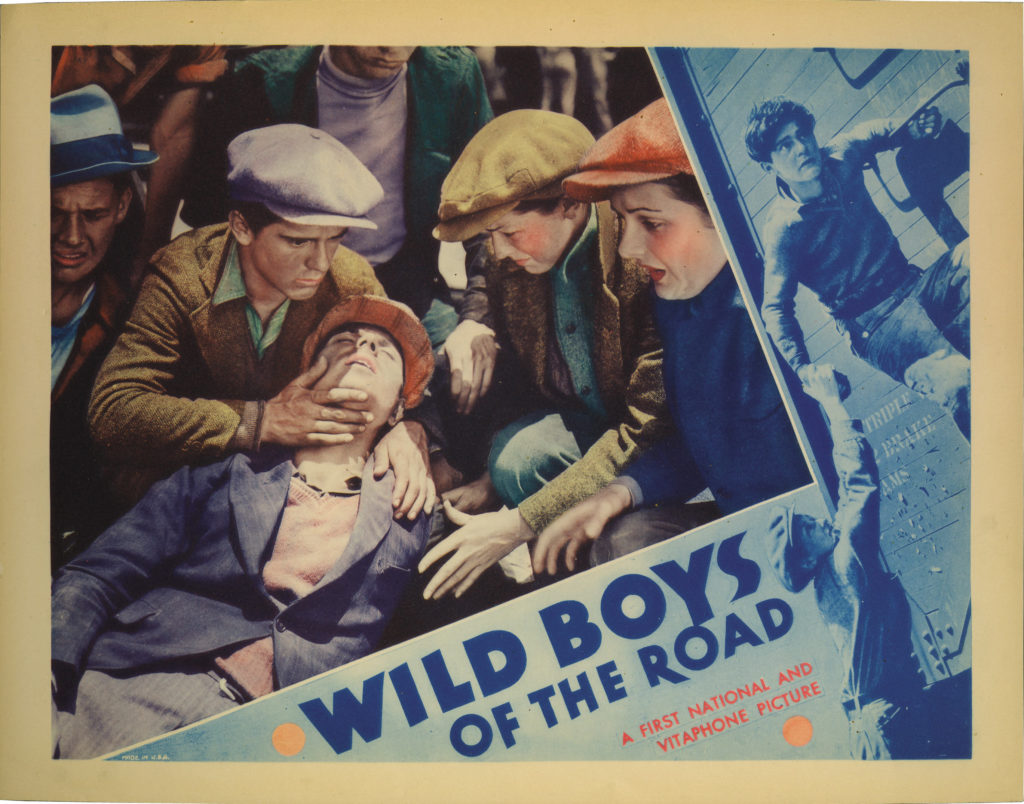
The fad: The Jerry Springer Show
The film: RINGMASTER (1998)

The popular daytime series The Jerry Spring Show was called “the worst show in the history of television.” (For the record, that claim was made by TV Guide. And the claim was made before Big Bang Theory ever aired.) It’s hard to imagine adapting the tabloid TV phenomena into a feature film. But if Chuck Barris could do it with The Gong Show, why couldn’t Jerry do the same? As a comedy movie, RINGMASTER suffers from the inevitable problem that it’s nearly impossible to parody the already ridiculous guests who appear on the show. After RINGMASTER, Jerry Springer didn’t have much of a film career (he later appeared in SHARKNADO 3) but his TV series is still on the air, now in its 26th season.
The fad: Video Game Arcades
The film: JOYSTICKS (1983)
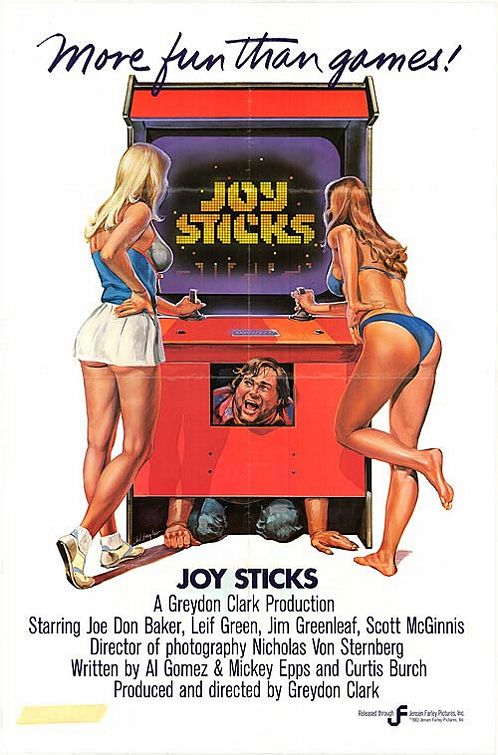
The early ‘80s arcade craze spawned novelty songs, t-shirts and the occasional sitcom episode about video gaming. There were also some low-budget movies; the stand-out entry in Arcade Cinema is JOYSTICKS, presumably pitched as “PORKY’S with Video Games.” For a raunchy comedy, the plotline is like something from an early Mickey Rooney film – a bunch of teens rally to save the local arcade. But unlike an Andy Hardy film, JOYSTICKS is populated with punks, valley girls, nerds and joyless authority figures who hate video-games. Director Greydon Clark would go on to direct another fadsploitation movie about Lambada dancing: THE FORBIDDEN DANCE.
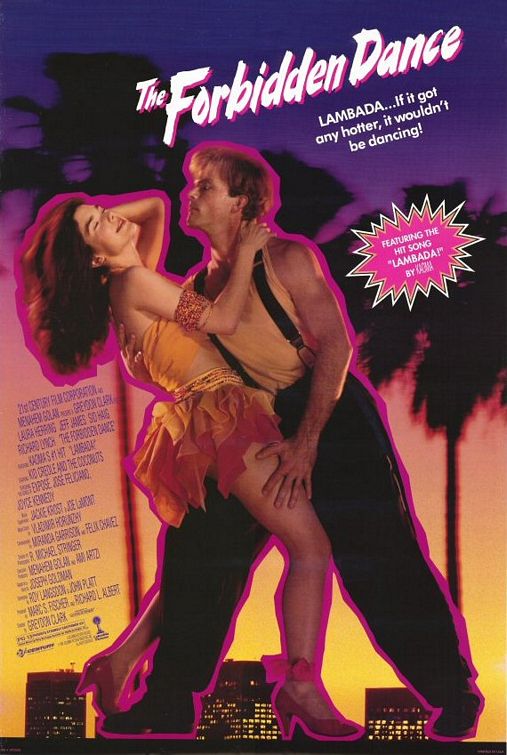
The fad: Breakdancing
The film: BREAKIN’ (1984) and BEAT STREET (1984)

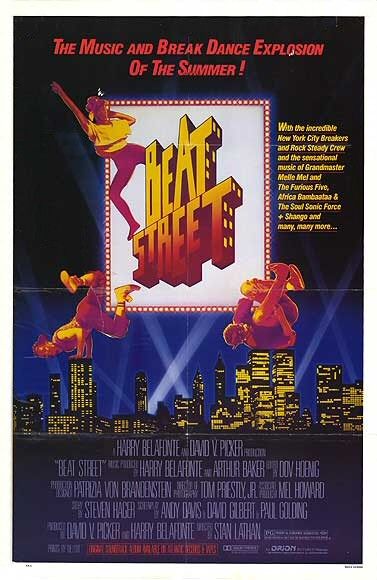
1984 was a big year for feature films cashing-in on the breakdancing fad. BREAKIN’ debuted in early May, followed by BEAT STREET one month later. Then BREAKIN’ 2: ELECTRIC BOOGALOO was released in December that same year. Presumably Cannon Films was trying to milk the breakdance trend before it was over, but then again they might have been strategically releasing it in time for awards season.
The fad: Illegal cockfighting
The film: COCKFIGHTER (1974)
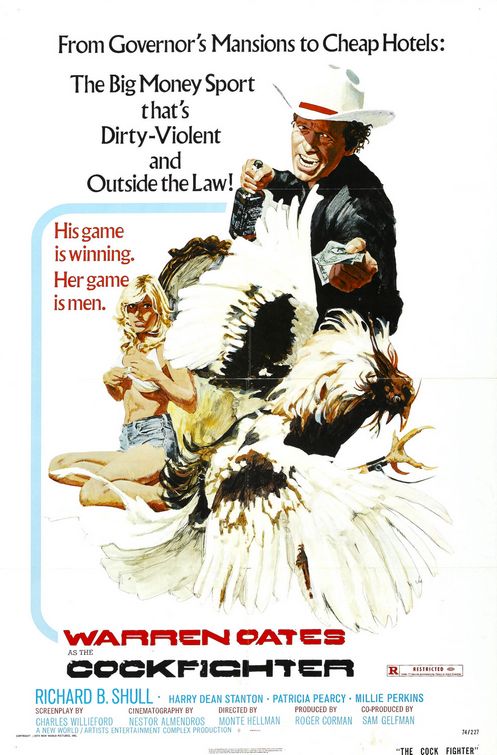
In his book How I Made A Hundred Movies in Hollywood And Never Lost a Dime, Roger Corman admits there was one film that lost money: COCKFIGHTER. At first Corman thought adapting Charles Willeford’s novel about the underground sport was a genius move, noting that no one had ever made a feature film about cockfighting. After the movie bombed Corman said he learned why no one had made that kind of movie before – nobody wants to see it! New World Pictures re-relased COCKFIGHTER as BORN TO KILL, but it didn’t find an audience (despite positive reviews.)
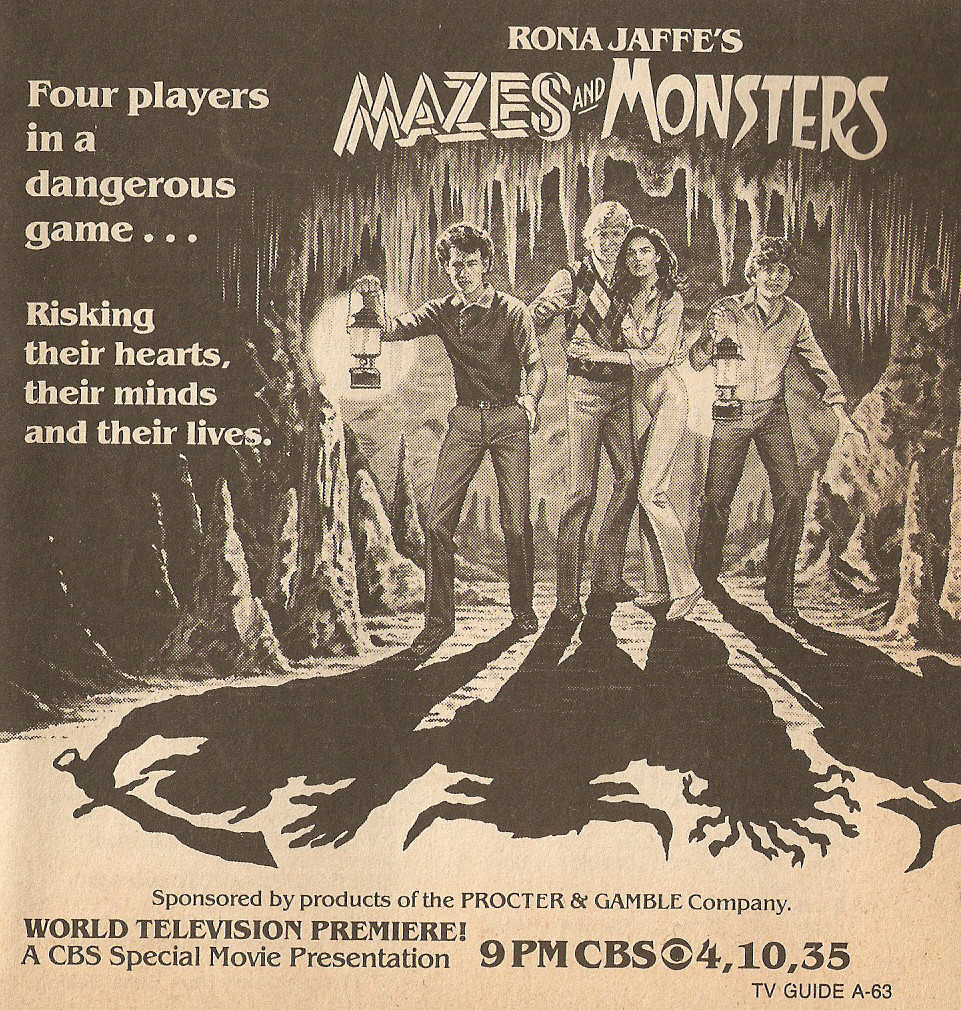
The fad: Occult role-playing games
The film: MAZES & MONSTERS (1982)
This made-for-TV movie was clearly inspired by Dungeons & Dragons mania, with an emphasis on mania. Presented as a reactionary urban legend, it’s based on a sensationalist novel that’s inspired by the widely mis-reported case of a dungeon master who went missing. The movie is basically REEFER MADNESS with a young Tom Hanks as a demented gamer who loses touch with reality and goes insane from playing a game. (Hanks delivers a great performance that is far better than the material.) The full title is Rona Jaffe’s Mazes & Monsters — not to be confused with Al Jaffee’s Mazes & Monsters.
The fad: Roller-Disco
The film: SKATETOWN, U.S.A. (1979)

Like chocolate and peanut butter, disco dancing and roller-skating came together as an inevitable combination. What better way to legitimatize the art-form than to bring in a cast of TV favorites: SKATETOWN featured The Brady Bunch’s Maureen McCormick, Little House on the Prairie’s Melissa Sue Anderson, Welcome Back Kotter’s Ron Palillo, Laugh-In’s Ruth Buzzi and Happy Days’ Scott Baio. But the breakout star of the film is a young Patrick Swayze (appearing in a Warriors-style leather vest) as the leader of a rival skate gang. SKATETOWN, U.S.A was followed by other roller-disco films including ROLLER BOOGIE starring Linda Blair and XANADU starring Olivia Newton-John.
Grindhouse fun-fact: SKATETOWN U.S.A. was written by Nick “The Shape” Castle.

The fad: Manufactured TV-friendly Beatles knock-off
The film: HEAD (1968)
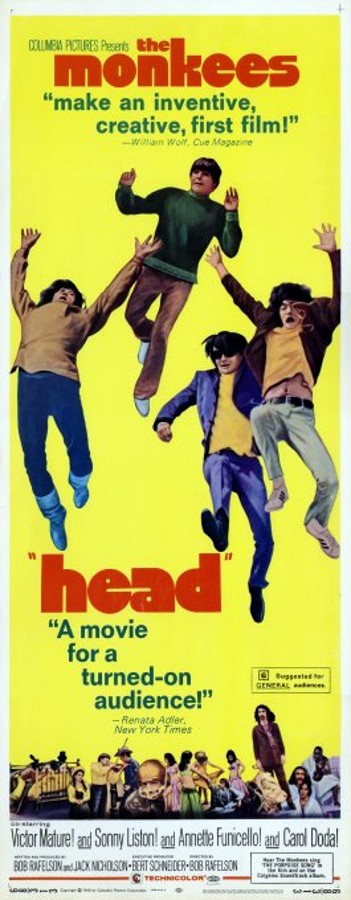
The Monkees were one of the most polarizing musical groups of the 1960s. To kids, they were a squeaky-clean version of The Beatles with a funny TV show. To cynics they represented the worst aspects of consumer culture as a plastic product of marketing men. Remarkably, the movie HEAD is made for both audiences, an experimental deconstruction of the Monkees’ image as a manufactured quartet. The movie bombed initially (probably because 8-year-old kids didn’t appreciate the counter-culture satire and serious music fans wouldn’t pay to see a Monkees’ movie) but today’ it’s recognized as a genuine cult film that was ahead of its time. Screenwriters Jack Nicholson and Bob Rafelson had planned to make a movie that would break-up the band and they succeeded, the Monkees fad ended shortly after the movie’s release, when Peter Tork quit the band.
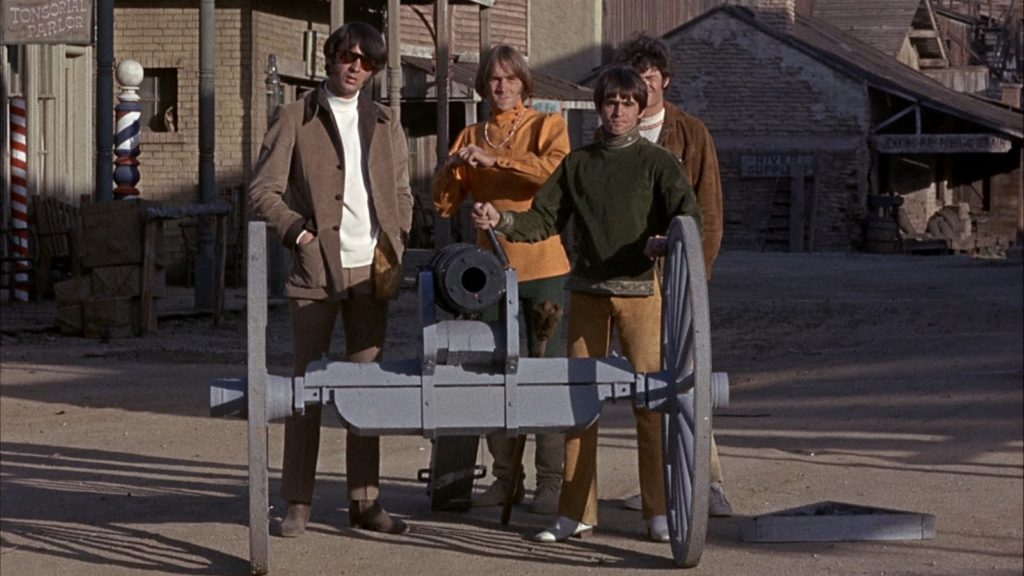
HONORABLE MENTIONS:
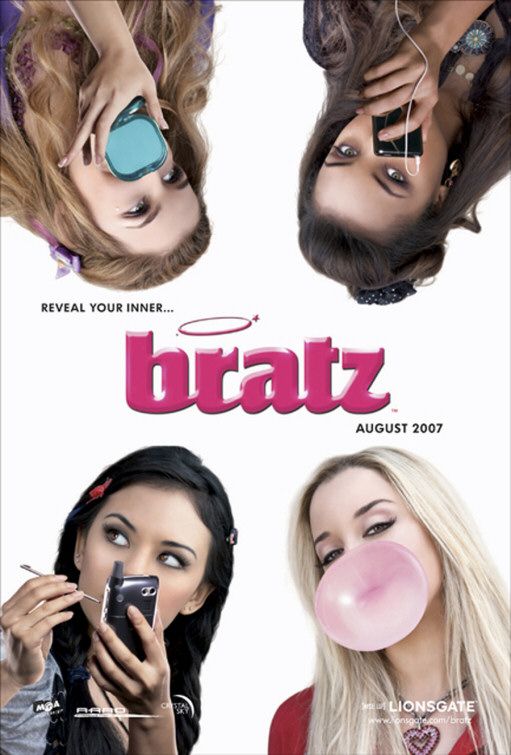
BRATZ : THE MOVIE
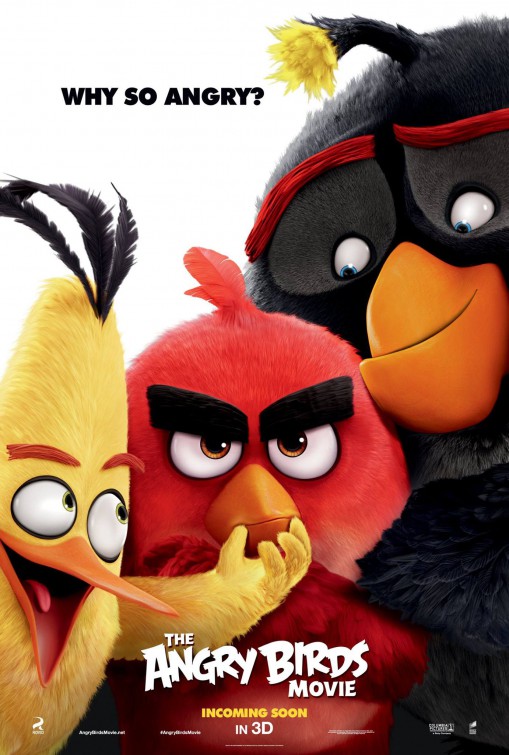
THE ANGRY BIRDS MOVIE
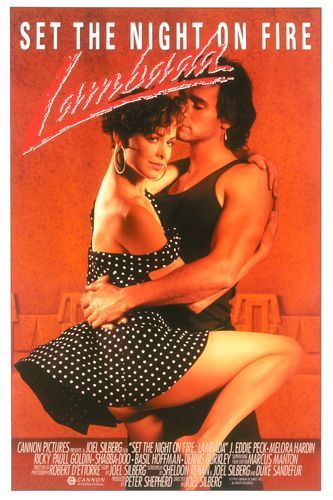
LAMBADA
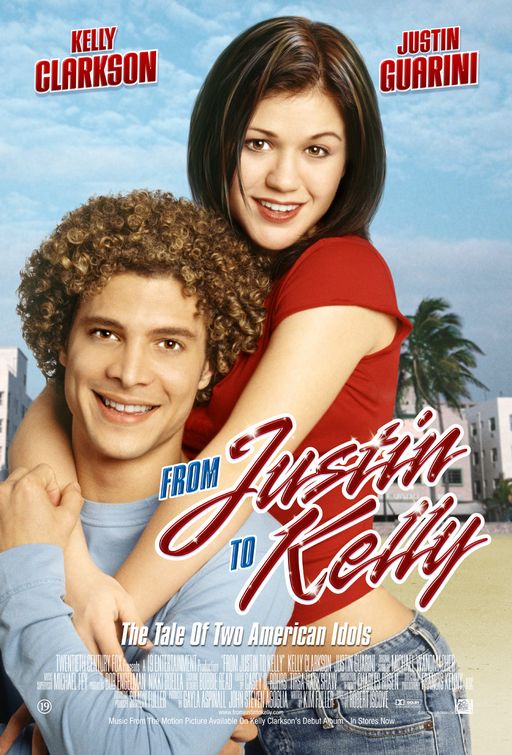
FROM JUSTIN TO KELLY
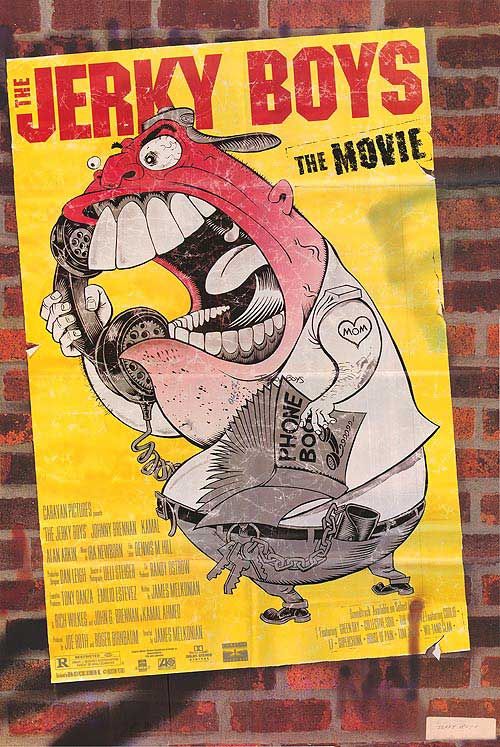
THE JERKY BOYS MOVIE
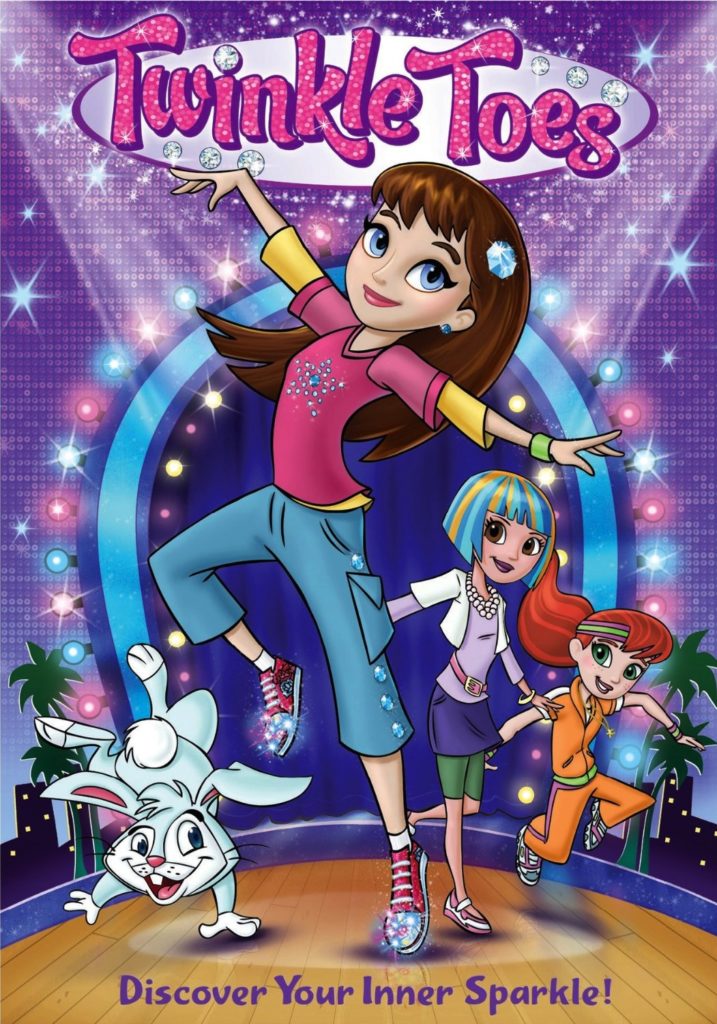
TWINKLE TOES
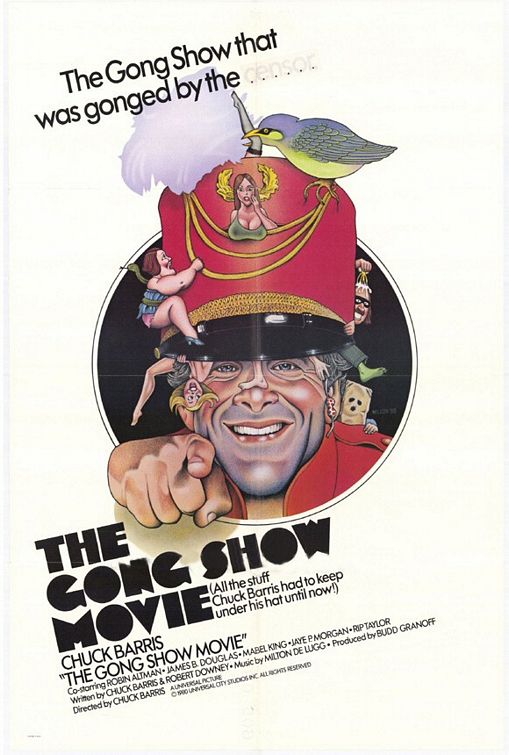
THE GONG SHOW MOVIE
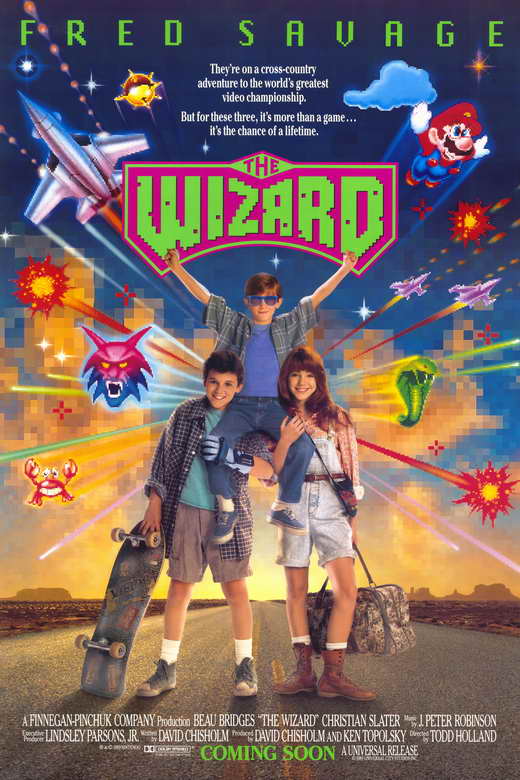
THE WIZARD

ROSCOE’S HOUSE OF CHICKEN & WAFFLES
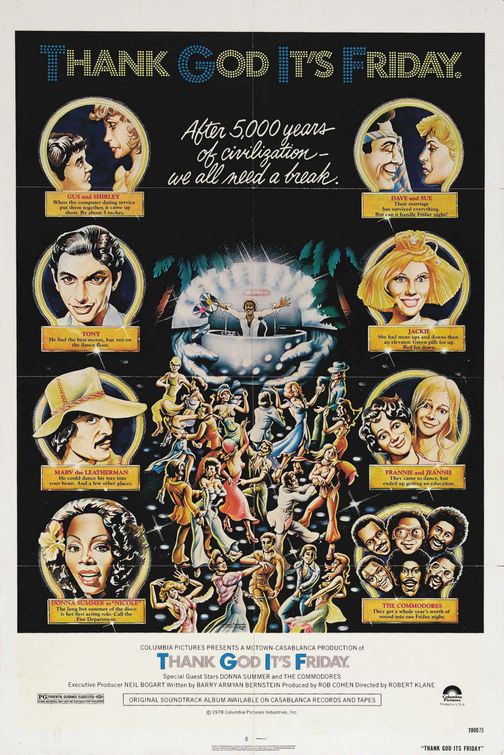
THANK GOD IT’S FRIDAY
Tags: Adolfo Quinones, Anna Faris, Art Spiegelman, Beau Bridges, Bob Rafelson, Christian Slater, Christina Aguilera, Chuck Barris, Debra Winger, Dungeons & Dragons, Ed Begley Jr., Golan-Globus, Greydon Clark, Harry Dean Stanton, Jack Nicholson, Jaime Pressly, Jake T. Austin, James Corden, Jeff Goldblum, Jennifer Coolidge, Jenny Lewis, Jerry Springer, joe don baker, Justin Guarini, Kelly Clarkson, Laura Harring, Leticia Vasquez, Linda Blair, Mackenzie Astin, Maya Rudolph, Melora Hardin, Menahem Golan, Michael Dudikoff, Molly Hagan, Monte Hellman, New World Pictures, Nick Castle, Patrick Stewart, Patrick Swayze, Phil Fondacaro, Rae Dawn Chong, Richard B. Shull, Rob Riggle, roger corman, Sofía Vergara, Steven Wright, T.J. Miller, The 1930s, The 1960s, The 1970s, The 1980s, The 1990s, The 2000s, tom hanks, Warren Oates, William McNamara, Yoram Globus

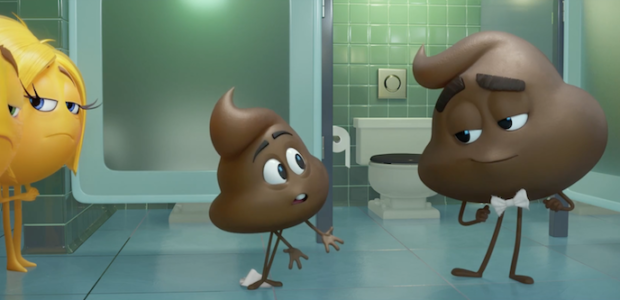
No Comments